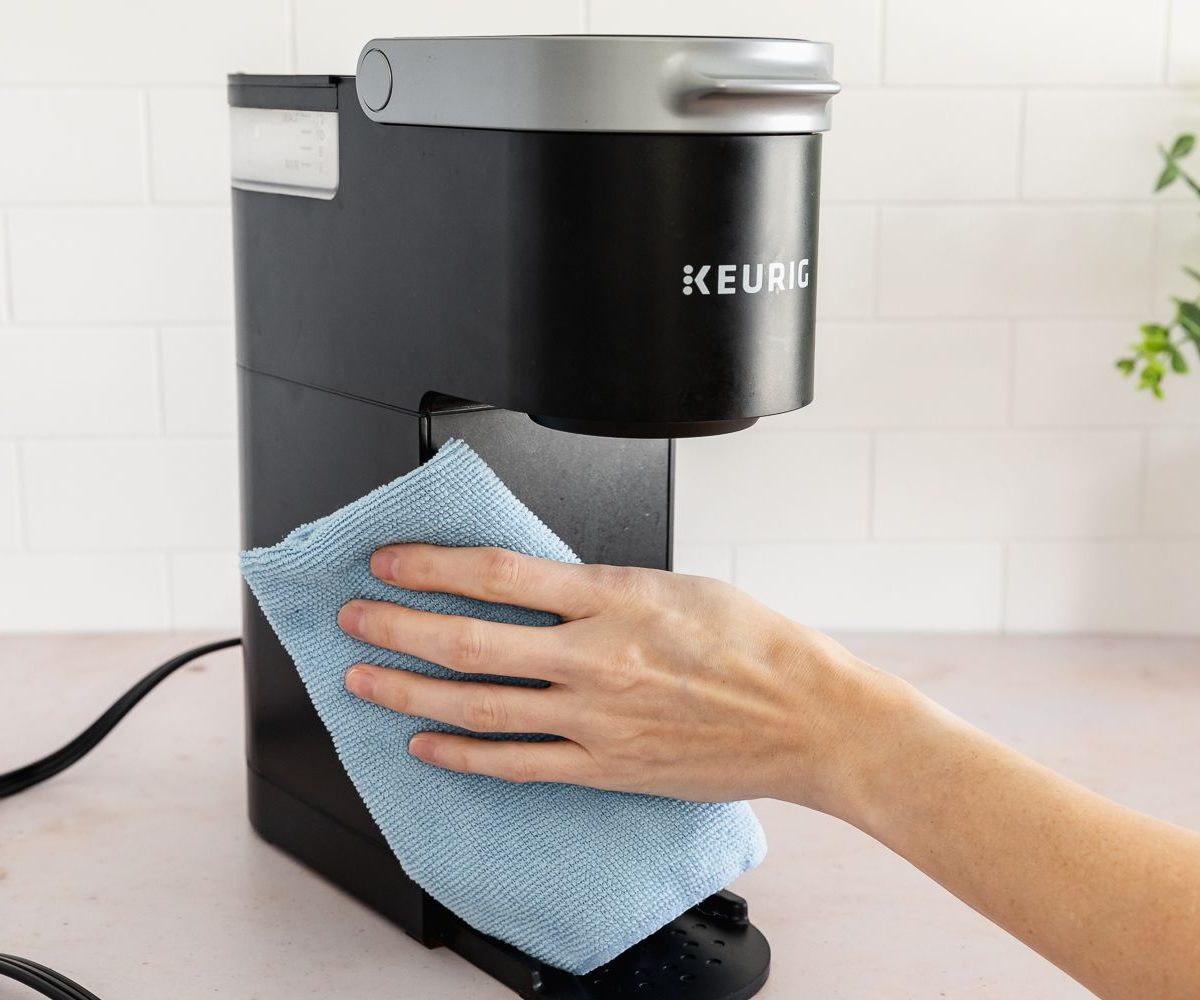The Keurig coffee maker has become an indispensable appliance for many caffeine enthusiasts, delivering a quick and convenient cut of joy with just a button. However, amidst the daily rush to brew that perfect cup, we often overlook a crucial aspect of Keurig ownership, and that is its regular maintenance and cleaning.
Maintaining your Keuring in pristine condition is not just about aesthetics; it’s about ensuring the longevity and quality of your coffee and health.
Cleaning without Vinegar
Similar Post: 21 Amazing Coffee Table Decor Ideas to Try This Season
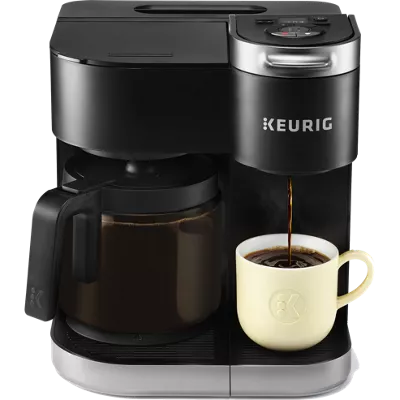
Vinegar is an age-old solution for cleaning a coffee maker. However, it may leave an odor and a subtle taste to your coffee, which hampers your coffee experience. This is why we have curated this article to guide you on how to clean Keurig without vinegar!
Over time, mineral deposits, coffee residue, and grime can accumulate within the machine, leading to issues like clogs, slower brewing times, and even unpleasant-tasting coffee.
Neglecting this maintenance can result in costly repairs or a premature need for replacement. Read ahead to find effective and vinegar-free cleaning methods that result in a cleaner and fresher Keurig coffee maker!
Why Avoid Vinegar?
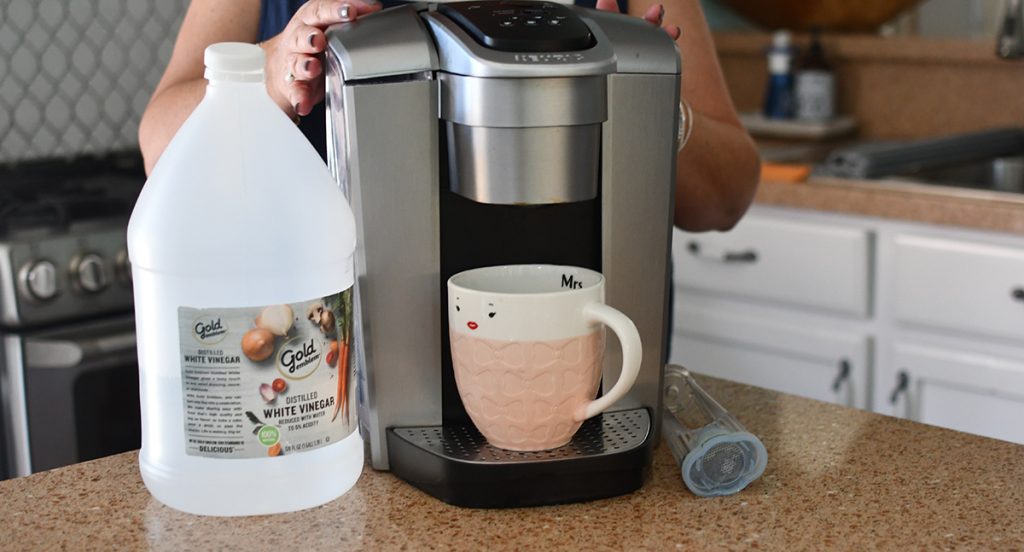
Vinegar has long been hailed as a household cleaning marvel, and it’s no exception when it comes to cleaning your Keurig coffee maker. However, there are compelling reasons to consider alternatives. Let us dive into the drawbacks of using vinegar for Keuring cleaning.
1. Sensitivity to Odor and Taste
One of the primary reasons individuals seek alternatives to vinegar is its pungent odor and lingering taste. Vinegar’s strong, distinctive scent can permeate your Keurig and kitchen, which can be off-putting for those with heightened sensitivity to odors and taste.
Moreover, the taste of vinegar can be challenging to completely rinse away, affecting the taste of your beloved brews.
This can be a significant concern for coffee lovers as it can detract from the nuanced flavors of different coffee blends. Therefore, if you do not wish to ruin the taste and smell of your coffee, you must learn how to clean Keurig without vinegar.
2. Potential Damage to Machine
While vinegar is effective at descaling and removing mineral build-up, its acidic nature can be harsh on certain components of your Keurig. Over time, the acid may erode rubber seals and plastic parts, leading to leaks or malfunctions.
This can result in costly repairs or the premature need for a replacement machine, which is a situation no Keuring owner wants to face!
Considering these drawbacks, it’s clear that while vinegar can be an effective cleaning agent, it may not be the best choice for everyone. In the next sections of the article, we will explore vinegar-free cleaning methods that address these concerns while ensuring your Keurig remains in optimal condition.
Also Read: 15 Backyard Deck Ideas on a Budget to Upgrade Your Deck’s Look
Alternative Cleaning Supplies
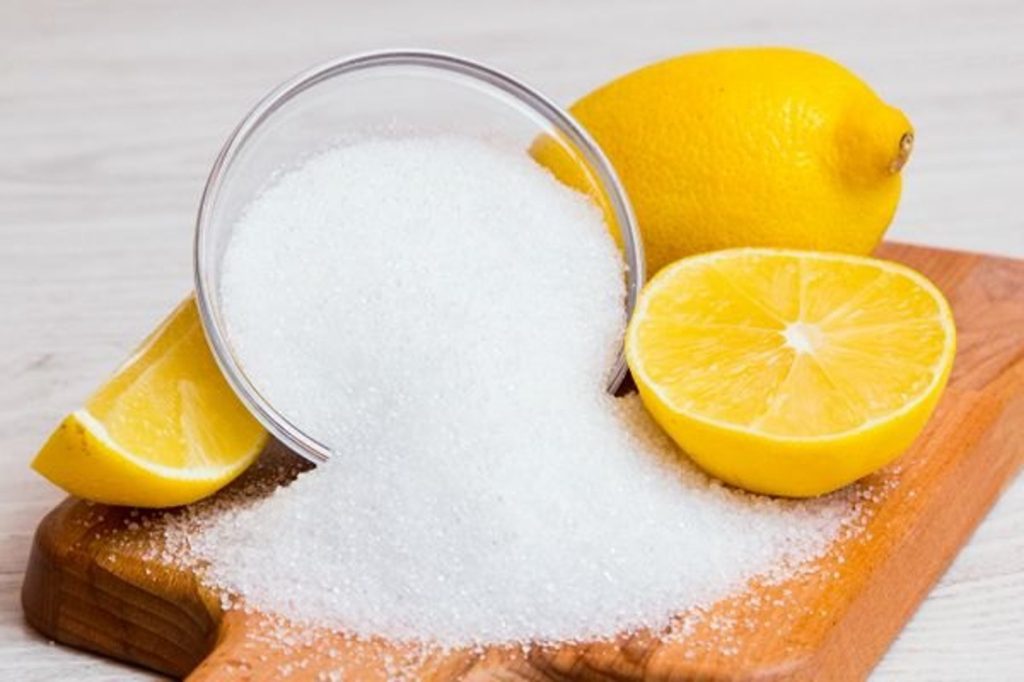
If you are wondering how to clean Keurig without vinegar, you will be pleased to know that there are numerous readily available alternative supplies. In this section, we will list these supplies, explain why they are effective and safe, and highlight the cost-effectiveness of choosing these alternatives. Experts recommend the following alternatives to vinegar for cleaning your coffee maker:
- Baking Soda: There is a high chance that you already have this in your kitchen. It is known for its gentle yet effective cleaning properties.
- Citric Acid: It’s a natural, non-toxic substance that can break down mineral deposits and coffee residue easily and smoothly.
- Keurig-Specific Cleaning Products: Many brands like Roobi, Caffenu, and more now offer Keurig-specific cleaning solutions that are designed to be safe and effective.
These alternative supplies are chosen for their ability to clean your Keurig without the drawbacks of vinegar. Baking soda and citric acid are gentle on your machine’s components, preventing any potential damage that vinegar’s acidity can cause.
Commercial cleaning products are specially formulated for coffee makers, ensuring both safety and efficiency. Moreover, these alternatives are safe for your health. They don’t leave behind strong odors or tastes that can affect your coffee.
Unlike vinegar, there is no risk of adverse reactions to these alternatives due to sensitivities to smell or taste. Additionally, these methods are more cost-effective than vinegar.
Baking soda and citric acid are budget-friendly, and commercial cleaning products, though a bit pricier, offer long-lasting solutions that can extend the life of your Keurig machine, ultimately saving you money on repairs or replacements in the long run.
So, you can enjoy a clean Keurig and great-tasting coffee without breaking the bank.
How to Clean Keurig Without Vinegar?
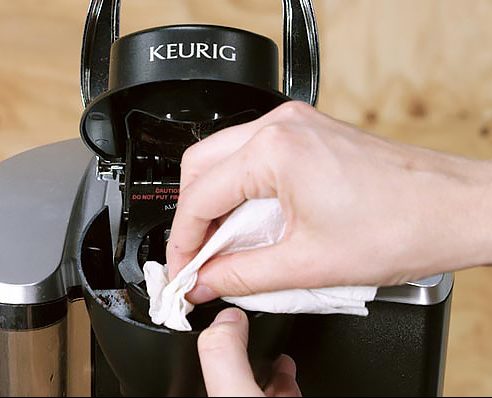
Now that you know the necessary supplies for cleaning Keurig without vinegar, here is a step-by-step guide for the same to make your job easier! Follow the below-mentioned expert methods to maintain the quality and taste of your daily brews.
Required Materials for Cleaning
You will need the following materials to clean your coffee maker easily and efficiently. All of these materials are easily available in both online and offline stores.
- Baking Soda or Citric Acid
- Dish Soap
- A soft cloth or sponge
- Water
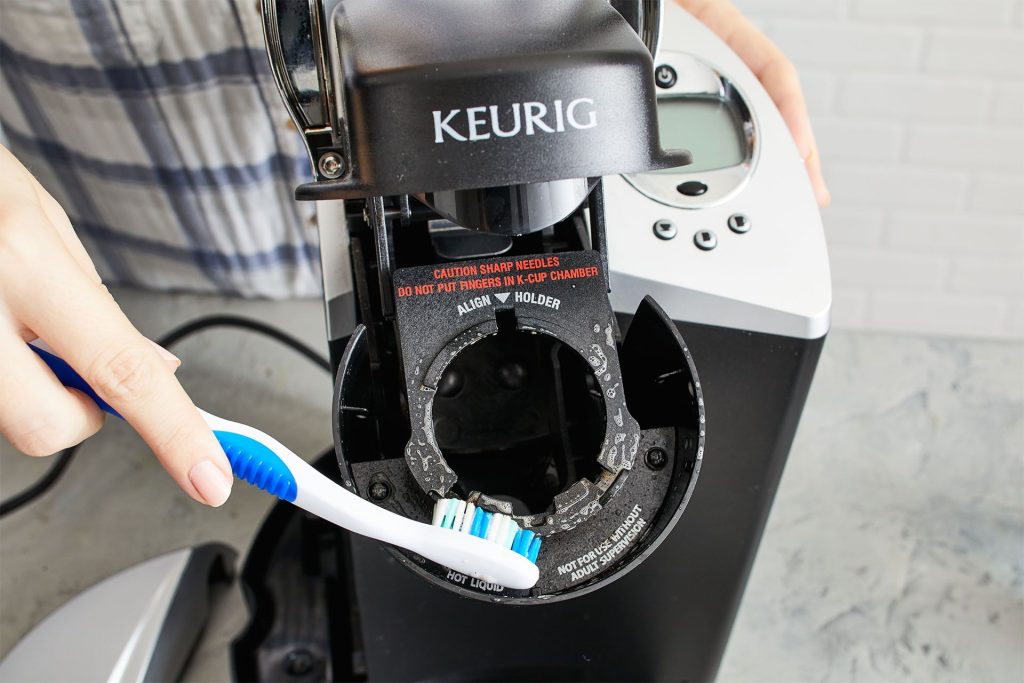
Once you have collected the required materials, start cleaning your Keurig coffee maker by following these simple steps:
- First, ensure your Keurig is unplugged for safety. Then, disassemble removable parts such as the drip tray, water reservoir, and K-cup holder. Remove any remaining coffee pods.
- Wash the removable parts with warm, soapy water. Rinse thoroughly and allow them to air dry.
- Prepare the cleaning solution. For descaling, mix 1-2 tablespoons of citric acid with a cup of water. Citric acid is a natural, safe, and effective alternative to vinegar for removing mineral deposits.
- For general cleaning, create a paste using baking soda and water. This paste is excellent for cleaning the exterior of the machine and the K-cup holder.
- Dip a soft cloth or sponge in the prepared cleaning solution of your choice and wipe down the machine’s exterior. Gently scrub any stubborn stains with a damp cloth.
- Reassemble the clean and dried parts and run a plain water cycle through Keurig to eliminate any lingering odor or taste.
- Perform routine weekly cleaning and descale every once in 2-3 months to keep your coffee maker in the best performing condition.
See More: 13 Landscaping Ideas for a Beautiful Dog Run
Keurig Routine Maintenance
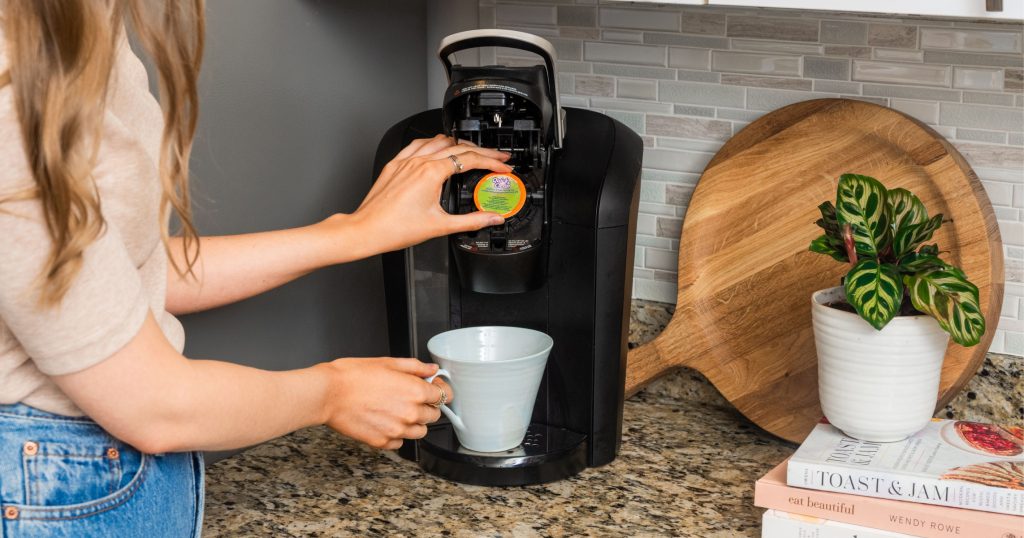
Maintaining a clean Keurig through routine maintenance is key to ensuring your coffee always tastes its best. Experts recommend routine and light cleaning of the coffee maker every once a week. Here is a simple guide on how to clean Keurig without vinegar weekly.
Start by removing and rinsing detachable parts. Wipe the exterior, including buttons and display, to remove any dust and spills. Lastly, inspect the needle that punctures the K-cup. If it is clogged with coffee grounds, clean it with a paperclip or needle to ensure a smooth flow.
The K-cup holder is a crucial component, as it’s in direct contact with your coffee. Regular cleaning prevents old coffee grounds and oils from tainting the flavor of your brew. The K-cup holder should be cleaned with warm and soapy water.
It is also necessary to empty and clean the drip tray daily. You should clean the water reservoir weekly. This prevents mold and bacteria growth and ensures your machine stays clean and hygienic.
By following these maintenance steps, you will keep your Keurig in excellent condition, extend its lifespan, and consistently enjoy coffee that tastes as delicious as the first cup of coffee you brewed.
These simple practices take only a few minutes but can make a world of difference in your coffee experience.
Deep Cleaning Keurig Coffee Maker
While routine maintenance keeps your Keurig in good shape, periodic deep cleaning is essential to ensure it functions at its best. This section explores how to clean Keurig without vinegar every once in 2-3 months.
Start by descaling the machine to remove mineral buildup. After that, clean the needle and exit the needle using a paperclip or specialized Keurig needle cleaning tool. Lastly, properly clean the water lines by running several brew cycles with plain water.
Deep cleaning your Keurig every 2-3 months, or as the manufacturer recommends, ensures that it continues to deliver the best-tasting coffee. Regular descaling and needle cleaning prevent clogs, maintain water flow, and extend the life of your coffee maker.
Tips for Preventing Buildup
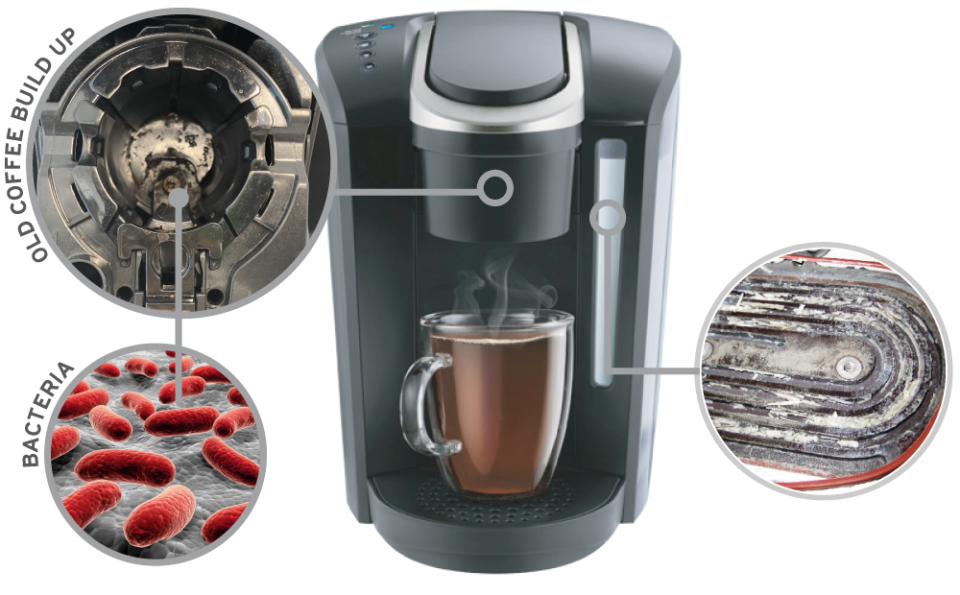
Prevention is often the best approach to keeping your Keurig coffee maker clean and efficient. In this section, we will share valuable tips on how to clean Keurig without vinegar and discuss ways to remove frequent deep cleaning. One way to reduce mineral deposits that cause buildup is to use filtered water.
The quality of your tap water can affect your Keurig’s maintenance needs. If you live in an area with hard water, which has a high mineral content, consider using a water softener or using bottled or filtered water to reduce mineral buildup.
This not only keeps your Keurig cleaner but also improves the taste of your coffee.
After each use, empty the water reservoir to prevent standing water from developing mold or bacteria. Limit sugary drinks, as sugary beverages like hot chocolate or flavored coffee can leave behind sticky residues.
Lastly, clean spills immediately, which means if a spill occurs during brewing, clean it up promptly to prevent it from becoming a stubborn stain.
Additionally, if your Keurig has a water filter, make sure to replace it as recommended by the manufacturer. A fresh filter ensures that the water used in each brew is clean and free of impurities, reducing the chances of mineral deposits in the machine.
Related: 14 Easy Low Maintenance Front Yard Landscaping Ideas
Safety Precautions
Ensuring safety while cleaning your Keurig is paramount to a stress-free coffee experience. Now that you have learned how to clean Keurig without vinegar let us also look at some safety tips necessary for a successful and safe cleaning procedure.
One should always prioritize safety while cleaning the Keurig coffee machine.
This includes unplugging the machine before cleaning, avoiding contact with hot surfaces, and using caution around electrical components. Keep your Keurig away from water sources to prevent electrical hazards.
Never immerse the machine in water, and always unplug it before cleaning or performing maintenance.
Whether using baking soda, citric acid, or commercial cleaning products, follow the instructions given by the manufacturer carefully. Store cleaning agents out of reach of children, and avoid mixing different chemicals to prevent hazardous reactions.
Conclusion
In concluding our guide on how to clean Keurig without vinegar, we have gained valuable insights into maintaining your coffee maker efficiently and preserving the quality of your brews. By choosing vinegar-free methods, you eliminate the pungent odors and tastes that can linger in your machine, ensuring every cup of coffee is a delightful experience!
From routine maintenance to deep cleaning methods, water quality considerations, and safety precautions, we have shared all the secrets to keep your Keurig coffee maker in the best shape and performance.
Regular care not only enhances the longevity of your beloved coffee maker but also guarantees that each sip is as great and satisfying as the first.
Happy Brewing!
Check This Next: Standard Shower Sizes – A Complete Guide for Homeowners


